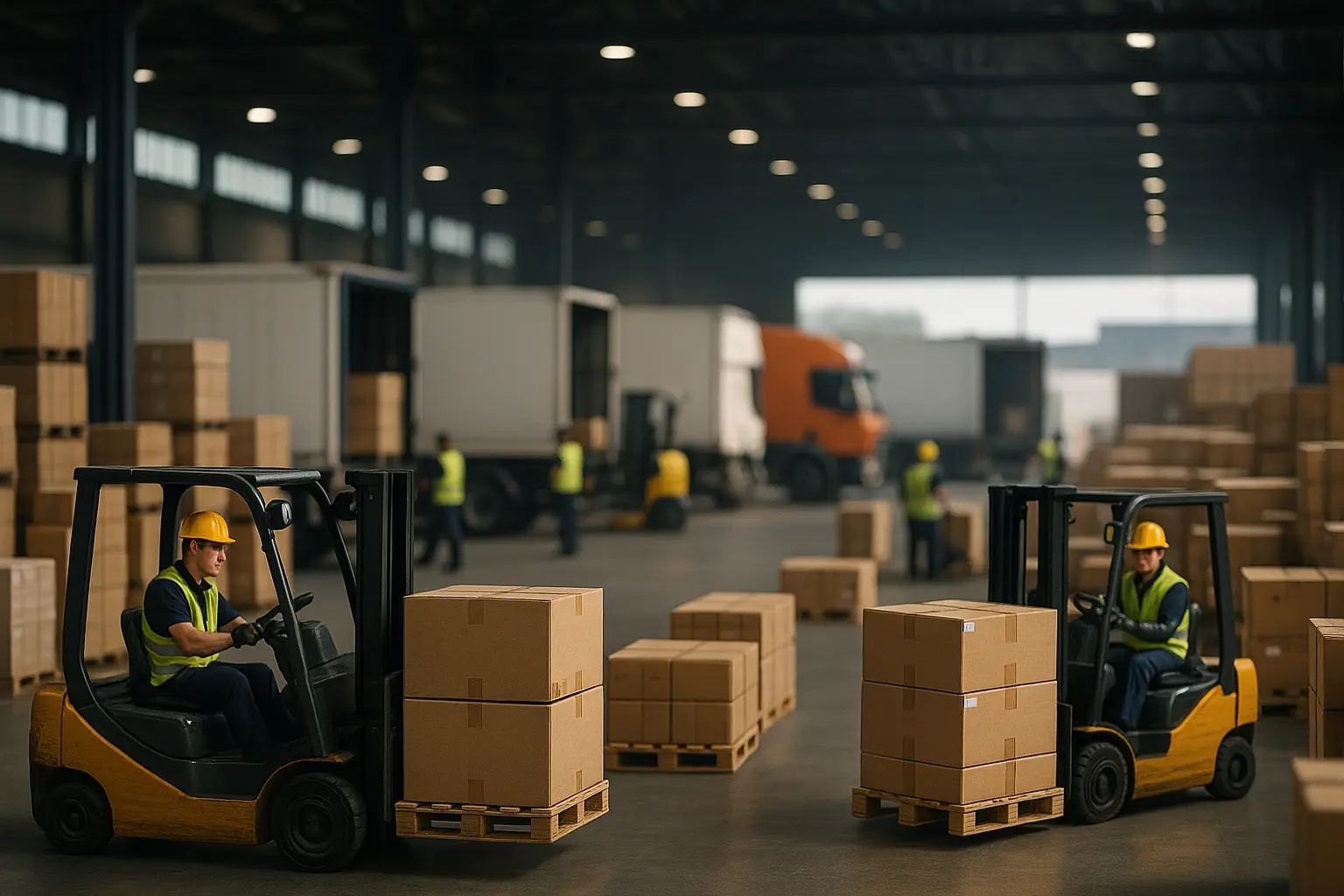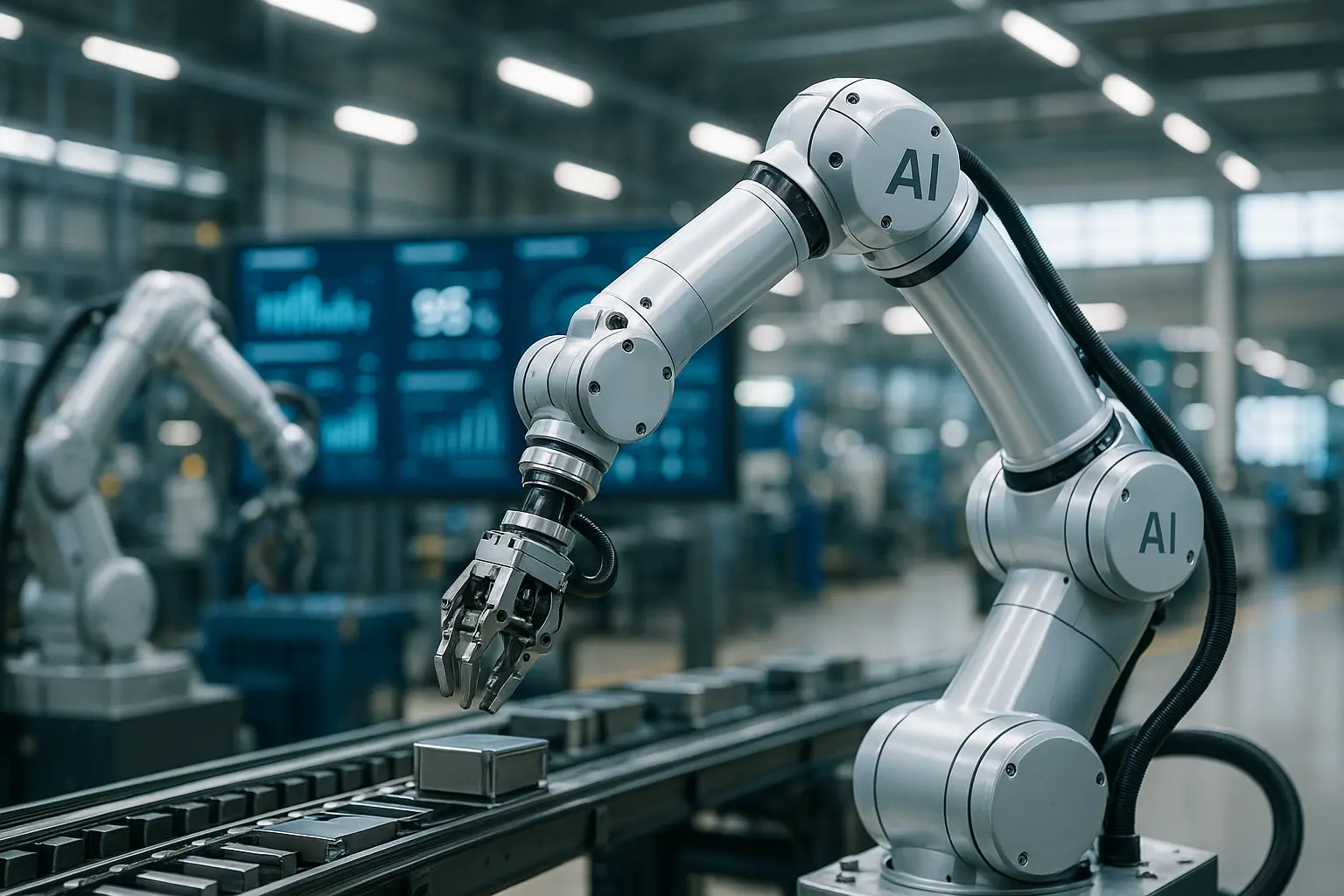Workplace safety innovations: protecting employees in modern industries
In today’s rapidly evolving world of industries, ensuring workplace safety is a dynamic challenge. As we continue to push the boundaries of technology and innovation, it’s crucial to harness these advancements to protect our most valuable assets—our workers. With the rise of real-time data, wearable technologies, and advanced management systems, we’re on the cusp of a new era in workplace safety. Let’s delve into how these cutting-edge solutions are transforming the way we manage risks and safeguard our work environments.
Harnessing Technology: A New Frontier in Risk Management
The integration of technology into our work environments isn’t just a futuristic vision—it’s happening now. We find ourselves at the intersection of innovation and safety, where real-time data and wearable technologies play a pivotal role in mitigating risks and enhancing worker health.
Real-Time Data: Imagine a construction site where data constantly flows through a digital ecosystem, highlighting potential hazards. This data-driven approach allows safety officers to make informed decisions instantly, ensuring that risks are swiftly addressed.
Wearable Technologies: These aren’t just cool gadgets; they’re lifesavers. Devices like smart helmets and sensor-embedded clothing provide critical insights into a worker’s environment and physical well-being. For instance, a construction worker wearing a smart helmet can receive alerts if their body temperature rises dangerously high, preventing heat-related illnesses.
As we embrace these innovations, it’s essential to foster a culture that prioritizes adaptability and agility. By leveraging technology, we not only enhance safety but also set the foundation for a more resilient and informed workforce.
Training for the Future: Empowering Employees with Knowledge
To truly revolutionize workplace safety, we must invest in training that empowers employees to navigate complex environments with confidence. As new technologies emerge, so too must our approach to instruction adapt, ensuring that all workers are equipped with the skills they need to thrive.
Digital Training Platforms: Gone are the days of monotonous safety manuals. Interactive platforms offer immersive experiences, where employees can engage in virtual simulations of hazardous scenarios. These simulations provide hands-on learning, allowing workers to practice responses to potential hazards in a controlled environment.
Continuous Education: In an ever-evolving landscape, learning should never cease. Implementing ongoing educational programs ensures that workers remain abreast of the latest safety protocols and technologies. This continuous learning fosters a proactive approach, where employees feel empowered to contribute to a safer workplace.
In this new era, training becomes more than a necessity—it’s a vital component in our quest to protect our workforce. By investing in comprehensive education, we not only minimize risks but also nurture a culture of safety and innovation.
Revolutionizing Equipment: The Evolution of Safety Tools
As our understanding of workplace risks evolves, so too does the equipment we employ to safeguard our environments. Modern industries demand tools that are not only robust but also smart, capable of adapting to the specific needs of diverse work settings.
Smart Helmets and Goggles: Enhanced with sensors and augmented reality, these wearables offer a wealth of information at a glance. Workers can access schematics, receive real-time alerts, and navigate their environments with heightened awareness. This fusion of technology and safety ensures that potential hazards are identified and addressed swiftly.
Automated Machinery: In industries like manufacturing and construction, automation has redefined how we approach safety. Advanced machines can perform tasks that are too dangerous for human workers, reducing the likelihood of accidents and injuries. These automated solutions are not only efficient but also critical in maintaining a safe work environment.
In this era of innovation, the equipment we rely on is no longer static; it evolves, adapts, and anticipates our needs. By embracing these advancements, we create a safer, more efficient workplace, paving the way for a future where risks are minimized, and productivity is maximized.
Conclusion: A Safer Tomorrow
As we stand on the brink of a new age in workplace safety, it is evident that the marriage of technology and human ingenuity holds the key to a safer future. By integrating real-time data, wearable technologies, and innovative training methods, we are not just protecting our workers—we’re empowering them.
As we continue to innovate, let us remain committed to fostering environments where safety is paramount. Together, we can ensure that our workspaces are not only places of productivity but also havens of well-being and security. In doing so, we lay the groundwork for a future where workplace hazards are not just managed but proactively mitigated, heralding a new era of safety in modern industries.
FAQ
What are some recent innovations in workplace safety for modern industries?
Recent innovations in workplace safety include wearable technology for real-time tracking of worker health, AI-powered safety systems that predict potential hazards, and advanced materials for personal protective equipment that offer better resistance and comfort.
How do wearable technologies enhance employee safety in the workplace?
Wearable technologies, such as smart helmets and vests, monitor vital signs, detect fatigue levels, and alert workers and supervisors of potential risks, ensuring timely intervention and reducing the likelihood of accidents.
What role does artificial intelligence play in modern workplace safety?
Artificial intelligence aids in workplace safety by analyzing data to predict potential hazards, optimizing safety protocols, and even automating emergency responses, thereby minimizing human error and enhancing the overall safety environment.
How have advancements in materials improved personal protective equipment (PPE)?
Advancements in materials have led to the development of PPE that is not only more lightweight and comfortable but also more effective in protecting against hazards such as extreme temperatures, sharp objects, and chemical exposure.
How can companies implement these safety innovations effectively?
To effectively implement these safety innovations, companies should conduct comprehensive risk assessments, engage employees in safety training, integrate the latest technology seamlessly into existing operations, and continuously evaluate the effectiveness of new safety measures.














Post Comment